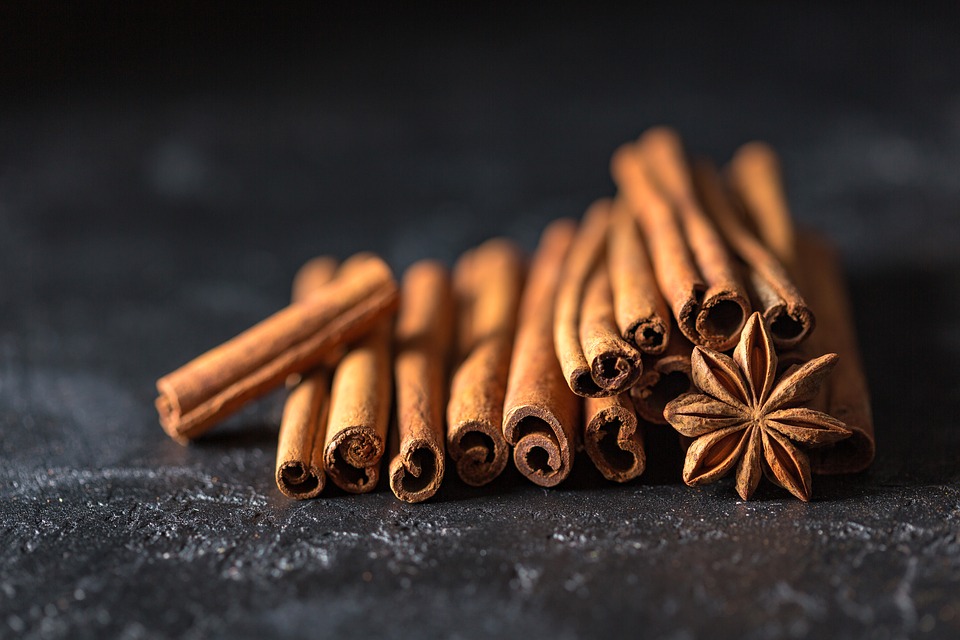Cigar aficionados can wax poetic when describing the flavors of their favorite cigar. While someone who is just beginning to take an interest in cigars may not recognize the variety of flavors contained in the cigar, experience and a discerning palate can make those flavors come alive. Those who take the time to discover all the interesting flavors rolled into their cigar can expand their enjoyment and broaden their capacity to appreciate different varieties.

(Pixabay / Daria-Yakovleva)
Each cigar has a core flavor component. These flavors come from a scale that is also used to describe wine. Like wine, cigars can have different hints of flavors inside for people to discover.
Here are some of the flavor varieties you may find:
Spices and herbs
These types of flavors are quite common and can be found in many different cigars:
- Anise and licorice — These flavors come from different plants, but taste very similar. Those who like sweet flavors will like cigars that feature this herb.
- Cinnamon — Cigars that feature this flavor do so using a more intense flavor that is hot. If you are looking for cigars with this flavor, find one that has ligero in it.
- Cumin — Cumin gives off a woody and smoky flavor.
- Spicy — This is a more general term used to describe a cigar that has a robust, peppery taste. It may also use a lot of different spices, creating a more intense effect.
Earth and Minerals
Earth and mineral flavors manifest an elemental essence.
- Earth — This flavor is reminiscent of soil and plants. It is prevalent in cigars from Nicaragua.
- Salt — Most cigars from Cuba have a salty taste to them.
- Must — This flavor tastes earthy and aged.
- Lead — Many people describe certain cigars as having the taste of graphite from pencils.
Plants
If your cigar has a plant flavor, it could come from any of these components:
- Moss — Many cigars from the Dominican Republic and Honduras produce this flavor. Present in mild cigars, this flavor can be musty and contain hints of earth and grass.
- Grass — This flavor is a characteristic of milder cigars, particularly those that have Connecticut Shade or Candela wrappers.
- Hay — This flavor is similar to that of grass but with an added barnyard component, which is reminiscent of the smells and flavors you experience in a rural farm setting.
- Tea — This flavor is not common but can be found in cigars that have been heavily aged.
- Wood — Many cigars have a woody taste to them. Flavors include smoked wood, cedar, and oak.
Nuts
Nutty flavors can often be found in cigars and are often described as smoky. These include:
- Peanut — Peanut and peanut butter are commonly used to describe flavors in cigars. This flavor can be found in Connecticut Shade cigars.
- Walnut — Walnut leaves a dry, nutty flavor on the palate.
- Almond — Almond is often found on the finish of the cigar and is quite common.
- Cashew — This flavor is really rare and has only been described to be present in a few cigars.
- Pistachio — Evokes the taste of California’s favorite nut.
Fruits
Fruit flavors are less common in cigars but can be present in certain varieties.
- Orange — This flavor is strong, refreshing, and easy to recognize.
- Cherry — This flavor is generally found in the finish and is difficult to detect, as it is so subtle. La Flor Dominicana cigars are known to give off this flavor.
- Citrus — This is a strong flavor that adds an acidic bite to the cigar and can stem from improper fermentation. Don Pepin Garcia cigars are known to give off this flavor.
When it comes to cigars, there are many more flavors you can experience, including bread, chocolate, coffee, cream, leather, honey, and others. It’s important to remember that something you taste may not also be present for other people. It all depends on experience and even your taste buds, which can make smoking a cigar a unique experience for everyone.




